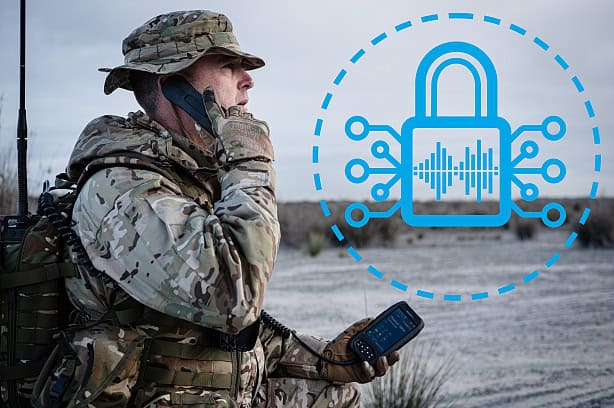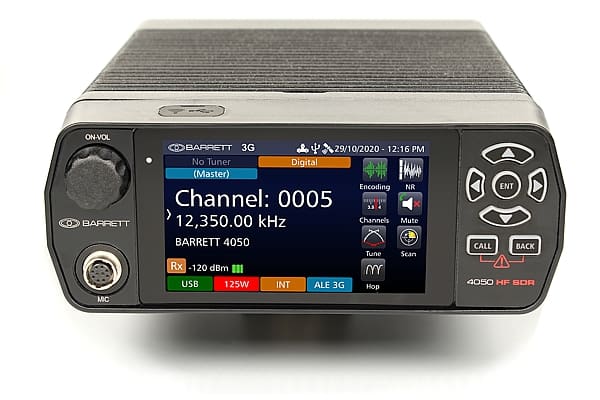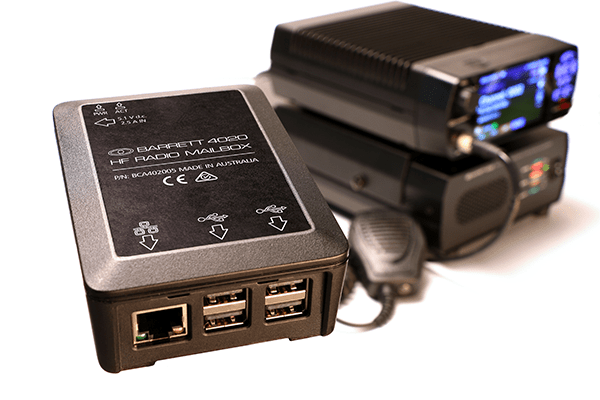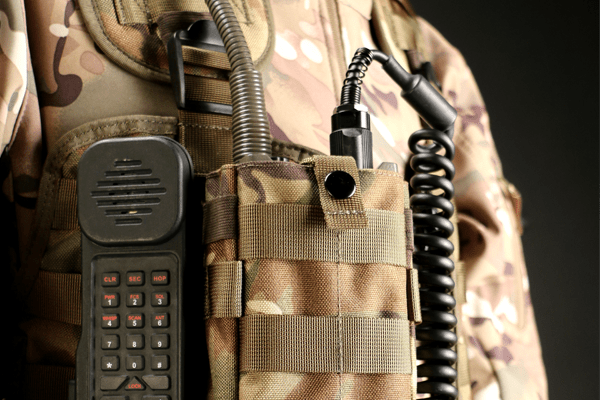HF Technology in the Pacific
HF Technology in the Pacific.
New advances in HF technology including remote diagnostics and reduced power consumption are resulting in HF being used throughout the South Pacific and neighboring islands to bring them a level of health care never before available. Under projects primarily funded by AUSAid and the World Bank, complete health radio networks have been established in East Timor, PNG and the Solomon Islands. Most sites consist of the HF radio, solar power supply and broadband antenna. The HF radios are generally 125 watt, 20 channel transceivers utilizing selcall. As the sites are solar powered it is imperative the transceivers have low power consumption (less than 500 mA) in the standby mode. The solar power system consists of one or two panels charging a battery which powers the radio.
The capacity of the panels and batteries is usually determined during the project design period and reflects the anticipated radio traffic flow and hours of sunlight in the area of operation. The antenna utilized is generally a single wire broadband antenna in an inverted V configuration. The supporting mast is generally about 10 – 12m high and made of either aluminium or local water pipe. Due to the extreme remote location of the health centres, equipment reliability is paramount. To repair or replace a radio in a remote location could incur expenses far in excess of the equipment value. Once equipment becomes inoperable it is difficult for technicians in the central control station to determine the cause and what replacement equipment they need to take when they visit the site.
The problem could be solar, battery, antenna or transceiver related. With remote diagnostics giving readings on battery condition and SWR as well as transceiver functions, technicians at the central control station can assess the condition of the remote transceiver and accessories to rectify minor concerns before they escalate. The original East Timor Health Network consisted of Barrett 930 transceivers in 85 rural health centres and 11 ambulances. Installations were conducted over an 18 month period by a contractor who traversed the country in a 4WD vehicle and trailer, carrying enough equipment and supplies for two or three installations. He would then return to Dili to resupply before heading out again. The network is currently being maintained by the East Timorese people and is being expanded to incorporate a further 11 health centres. The PNG National Health Radio Network began in the province of Madang about eight years ago utilizing Barrett 530 transceivers.
The network now covers all provinces with approximately 1200 health centres fitted with a mixture of Barrett 530, 930 and 2050 transceivers. Most of these centres are only accessible by helicopter or boat and installation is a time consuming and expensive process. Installation and support are conducted by local company TE PNG. A high power state of the art central control station has also been commissioned in Port Moresby to assist in the passage of vital medical information to the remote health centres.
In 2003 an AUSAid project was established to provide HF communications to health centres in the Solomon Islands. Only 347 of this group of 992 islands are inhabited and the majority of these have no power or communications. Recent troubles in the region had resulted in the breakdown of most government services and infrastructure so the installation process was always going to be a challenge. Inter island travel for the install team is generally conducted in small boats, carrying both personnel and equipment. To date about 150 health centres have had radios installed, this represents about half of the proposed network. As shown in the attached photographs, the Barrett 930 transceivers have been fitted with orange powder coated covers and marked as HEALTH RADIOS.
This is to easily identify radios bought for the health networks in both PNG and Solomon Islands and assists in stock control and loss prevention. Martin Johnson, Business Development Manager for Barrett Communications reported, “In Australia today we have a number of options when it comes to communications and it is sometimes difficult for us to understand the impact HF technology has on these remote communities.
Where medical advice or treatment once meant several days walk or boat ride, villages now have immediate access to medical and emergency assistance. In regions where there is no telecommunications infrastructure, HF is the only viable solution for aid agencies wanting to provide a complete solution without any ongoing call charges.”
(Article from Radio Communications Magazine )








